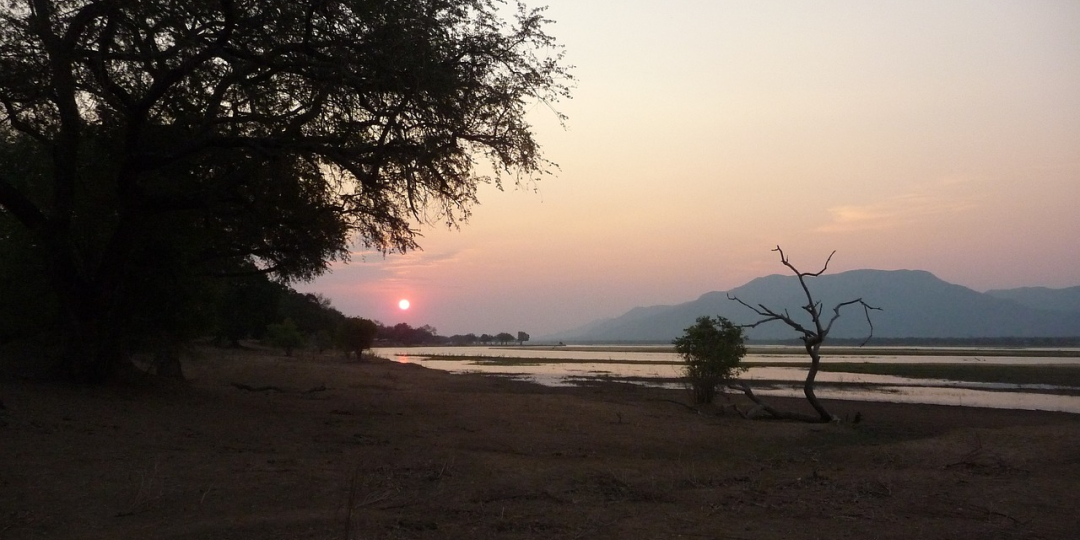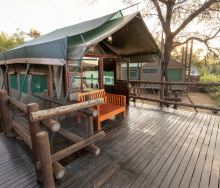The governments of Zimbabwe and Zambia have signed a Memorandum of Understanding, officially establishing the Lower Zambezi-Mana Pools Transfrontier Conservation Area (TFCA).
“This agreement reflects their dedication to enhanced cross-border protection, demonstrating international co-operation in the face of global environmental challenges,” reads a joint statement from the governments.
Represented by Ngobizitha Mangaliso Ndlovu, the Minister of Environment, Climate, Tourism, and Hospitality Industry for Zimbabwe, and Rodney M. Sikumba, the Minister of Tourism from Zambia, the signing ceremony solidified the mutual commitment of both governments to a partnership that promotes better management of shared resources through a regionally integrated approach, as outlined by the SADC TFCA framework.
Ndlovu said: "This initiative creates new opportunities for the two governments, local communities, and stakeholders to advance sustainable development programmes and ensure equitable sharing of tangible benefits among all participants."
Sikumba added: "The TFCA not only safeguards a diverse array of wildlife habitats, such as islands, riparian forests, inland woodlands, and grasslands, but also provides ample opportunities for local, rural communities who often have limited access to income streams."
Spread across 18 515 sqkm in the Zambezi River basin below Lake Kariba, the TFCA encompasses vital conservation territories, including the Lower Zambezi National Park in Zambia and the Unesco World Heritage Site, Mana Pools National Park in Zimbabwe.
It comprises a variety of game and safari management areas, communal land, and conservancies. The Lower Zambezi-Mana Pools Transfrontier Conservation Area serves as a critical pathway for wildlife between the escarpment and the Zambezi River.
The Peace Parks Foundation commended both governments for their “visionary commitment and leadership” in conservation and sustainable development. Werner Myburgh, CEO of Peace Parks Foundation said: “We look forward to supporting the governments of Zambia and Zimbabwe to help safeguard our common natural heritage for generations to come.”














